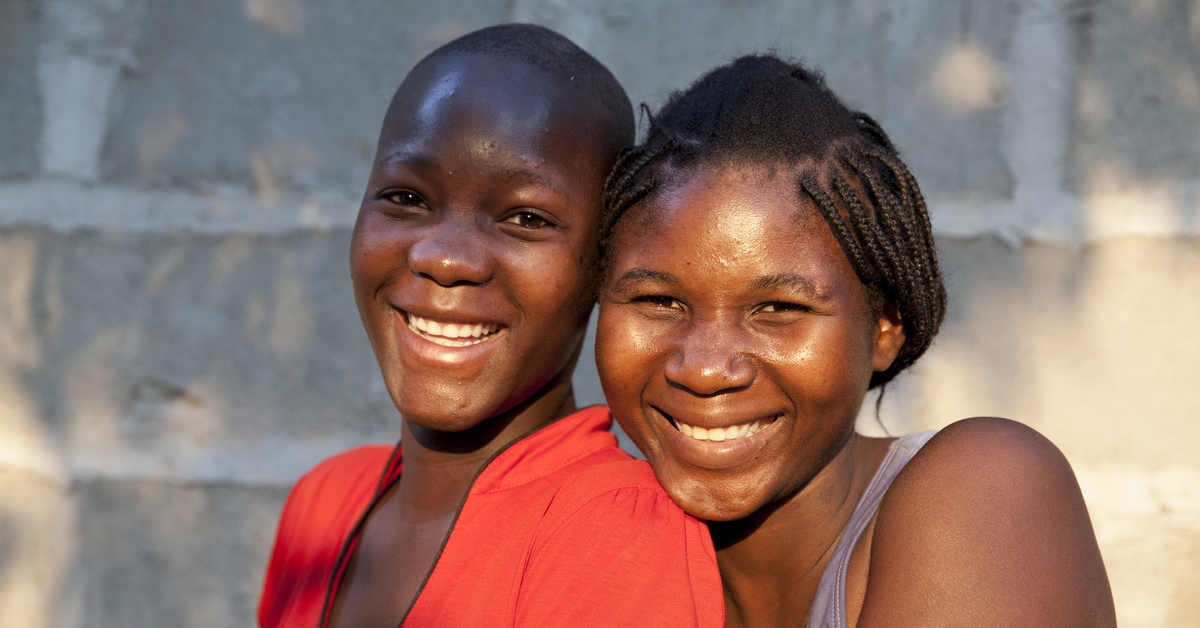Rose Wilcher, FHI 360
Millicent Kiruki, LVCT Health
This blog post is part of a five-part series about the strategic priorities of the Maximizing Options to Advance Informed Choice for HIV Prevention (MOSAIC) project.
Several scientific breakthroughs in biomedical HIV prevention over the past few years have brought us to an exciting moment. With the dapivirine vaginal ring and injectable cabotegravir poised to join oral pre-exposure prophylaxis (PrEP) as safe, effective HIV prevention products, people seeking an HIV prevention method that works for them will soon have real choices.
Of course, moving new HIV prevention methods from clinical research to real-world implementation is complex, and additional evidence is needed to guide that process. As described in another post, the MOSAIC project will contribute to that evidence base through research designed to answer critical questions about enabling access to and effective use of PrEP products in a multi-method market, especially among adolescent girls young women (AGYW).
However, our work will not end there. As significant as research is to expanding access to a range of HIV prevention options, the science cannot impact people’s lives unless it is applied in policy and programs. Too often, wide gaps exist between what we know and what we do. Therefore, one of MOSAIC’s five strategic priorities is to implement research utilization activities and establish mechanisms for rapid, effective knowledge exchange among key stakeholders to facilitate the use of product introduction evidence in policy and programs.
Our approach addresses well-documented barriers to getting research into practice. They include limited stakeholder involvement in research, weak attempts to communicate research findings and advocate for their use, and research designs that fail to consider the potential for scale-up. Moreover, in an increasingly information-saturated world, effective strategies are needed to help multiple stakeholders — including global and country policymakers, PEPFAR and Global Fund implementers, health providers, product developers, advocates, and end users — “cut through the noise” so they can access and act on essential information to accelerate the rollout of HIV prevention products.
MOSAIC aims to minimize these barriers and bridge the research to practice gap in four key ways:
- MOSAIC’s research will “begin with the end in mind” so that we optimize the potential use of study findings once they are known. Using FHI 360’s research utilization framework as a guide, MOSAIC study teams will engage local stakeholders, including community members disproportionately affected by HIV, in the design and implementation of the research to ensure it is locally relevant, leverages the existing service delivery infrastructure, and tests scalable interventions. We will routinely discuss study progress, interim results, and their anticipated application with local stakeholders and document the implementation of the interventions being evaluated. This approach will help build collective knowledge about product introduction in real-world contexts, speeding the pace of replication and implementation at scale.
- MOSAIC will identify key stakeholders and new partners with key roles in product introduction and create knowledge-sharing mechanisms at the global, regional, and country levels that provide regular opportunities for those stakeholders to exchange information and learn from each other. Challenges will abound along the product introduction pathway. Therefore, routine dialogue fostering collective problem-solving and “learning while doing” will be essential to advancing steady, efficient progress.
- MOSAIC will elevate the voices of those who stand to gain the most from having access to new products that offer real choice to prevent HIV. When members of affected communities demand access to innovations, their advocacy can be a catalyst in the research-to-practice process. Meaningfully engaging AGYW, members of key populations, and civil society advocates in all aspects of the project — from design and implementation of the research to the development of knowledge products — is critical to ensuring that new products reach them in ways that are safe, appropriate, and responsive to their needs.
- To advance a multi-product HIV prevention market, MOSAIC will package essential evidence into practical formats that address the needs of different audiences. Through collaborative efforts across the project, we will advocate for and provide technical assistance to promote the use of these strategic knowledge products in policy and practice. The products may include advocacy tools for civil society, job aids and training materials for providers, evidence briefs and policy templates for government stakeholders, and PrEP demand generation materials for implementing partners, to name a few. We will leverage PrEPWatch as the go-to hub for accessing the latest evidence and evidence-based resources on product introduction.
Ultimately, MOSAIC’s research utilization and knowledge management efforts will ensure study findings, technical tools and resources, and other knowledge products reach the right people at the right time and in the right way to expedite the introduction of new HIV prevention products. The potential to make HIV prevention choice a reality for those most vulnerable to HIV is great. By making research utilization a priority strategy, MOSAIC will help move the product introduction science into practice to benefit as many people as possible, as quickly as possible.
Featured Image: Jessica Scranton/FHI 360


